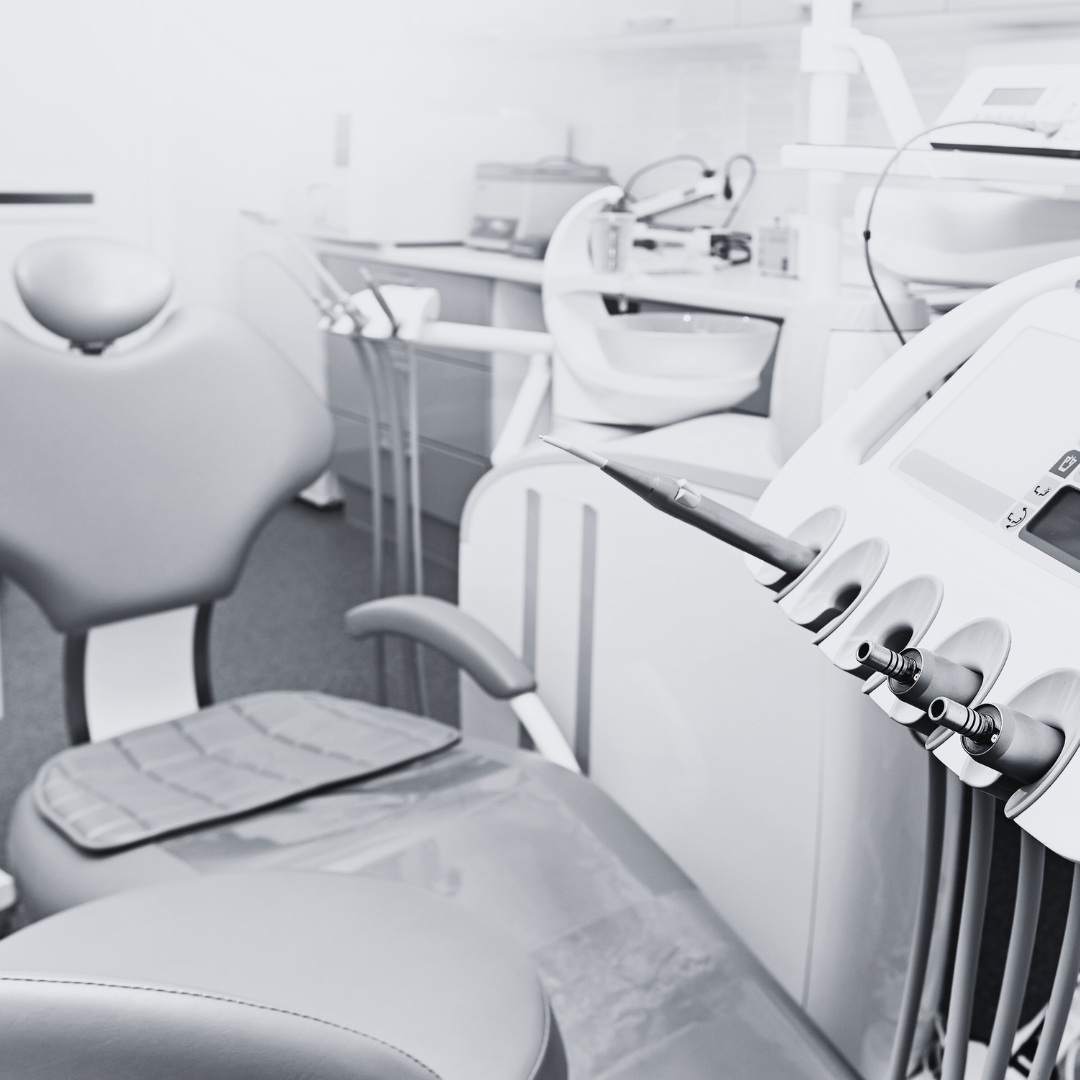Sedation Dentistry
To ensure your dental experience at Elite Smiles is painless and comfortable, we offer different options for sedation.
Sit Back and Relax
If you are reluctant to change the appearance of your smile because you are afraid or anxious about undergoing long or complicated dental procedures, sedation dentistry can make you feel comfortable during the treatment process and help you achieve the smile you desire.
Sedation Services
On-Staff Anesthesiologist
We have an on-staff anesthesiologist who is an expert at administering and monitoring anesthesia during dental procedures.
Deep Sedation/General Anesthesia (IV)
For long, complex procedures, Dr. Meden will use IV sedation, where you sleep through the procedure.
Nitrous Oxide (Laughing Gas)
This is commonly known as laughing gas. It helps patients feel relaxed and at ease, and the effects wear off after a few minutes. It’s used for simple procedures.
State-of-the-Art Surgical Suite
Our state-of-the-art surgial suite allows us to adminiter sedation services and make your visit painless and comfortable.
Surgical Suite
Our state-of-the-art surgical suite boasts the latest technology and equipment to acheive your dream smile, but, just as important, also a relaxing environment to enjoy the process.

Why Choose Dr. Meden?
Dr. Walter Meden is a passionate dentist with high levels of training and experience. Dedicated to his craft, he far exceeds the required hours for continuing education, having received the best training at institutions around the country. He is an active member of many dental organizations, and has the most modern equipment. Most importantly, the smiles of his patients speak for themselves.
My boyfriend and I have both had a complete mouth restoration and couldn’t be happier. The customer service is great, they made us both feel very comfortable. We both loved the sedation dentistry that they offer. I am very scared of the dentist so this was very nice to be able to just show up, go to sleep, and wake up with the work done. Dr. Meden has a very good eye for detail and you can tell he takes great pride in his work. I would recommend them to anyone.
Thank you Dr. Meden for making my experience at the Dental office very informative and helpful. I knew I had to have implants in the front of my mouth but I was always afraid to go ahead with the procedure. Dr. Meden had the patience to explain to me why I needed to do it which was not only cosmetic for cosmetic reasons. Today I was done with the procedure and I am very happy with the results. Thank you Dr. Meden for your exellent work.
I have many issues with my teeth. I have been having an extreamly hard time with all of it. I was even terrified of dentists until I started seeing Dr. Meden and his team. My mind has been finally put to ease. Dr. Meden Is so easy to work with. He is always up front with me and has my trust.
